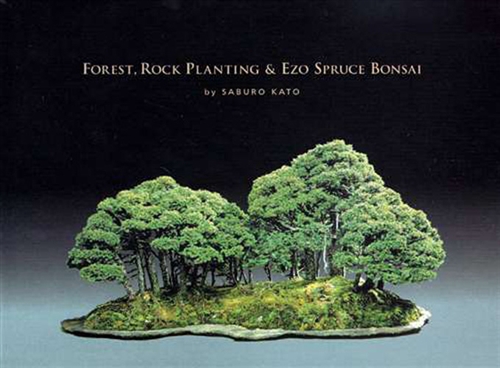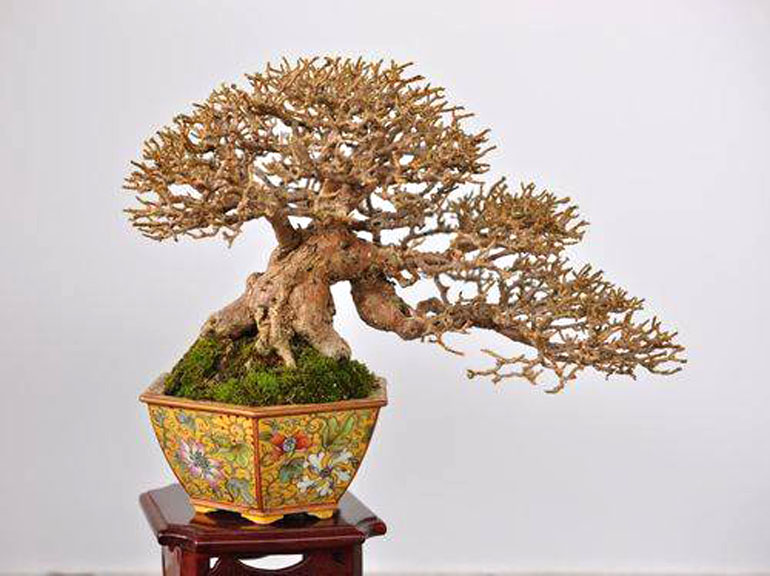
You don't see pots this ornate everyday. Our source offers no information on the type tree or the artist. At least in English; what text there is, is Vietnamese. Speaking of, you may not know that Vietnam most likely has more bonsai per capita than any other country. Here's some evidence from a 2014 Bark post. I found this photo while on my daily Facebook adventure. It was posted by Bonsai Nguyen Van Sau.
You don’t see that many ornate or colorful pots in the West or Japan. The aesthetic seems to be one of restraint, where the artist is careful that the pot doesn’t compete with or distract from the tree. But some other non-Japanese parts of Asia have no problem with colorful and ornate pots, especially with deciduous and other broad leaf trees. To my eye at least, most of the best of these more daring combinations work just fine. Beyond that, we’ll let you be the judge.
Continued below…
Bonsai Book Sale ends tonight
25% off our already discounted prices
plus another 5% off orders 100.00 or more
and FREE Shipping on U.S. orders 50.00 or more
 all this adds up to great savings
all this adds up to great savings
on our already discounted books
This Sale Ends tonight, Wednesday, March 1st at 11:59pm EST
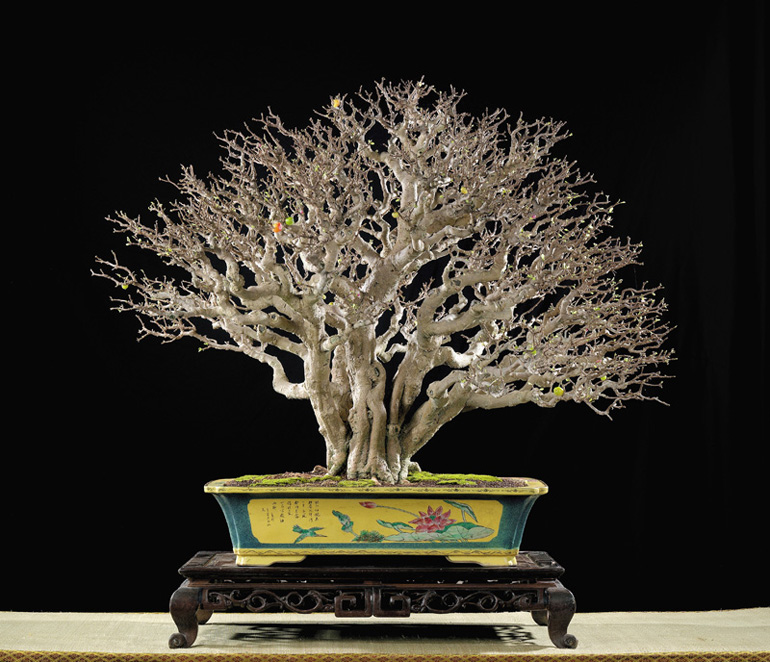 Heres’s a colorful pot from Taiwan. In this case we know the artist – Yang, Kuo-Yin – and the type tree – Malpighia glabra. I borrowed the photo from a 2016 bark post.
Heres’s a colorful pot from Taiwan. In this case we know the artist – Yang, Kuo-Yin – and the type tree – Malpighia glabra. I borrowed the photo from a 2016 bark post.
Continued below…
NEW SALE
20% off Bonsai Embroidered Clothing
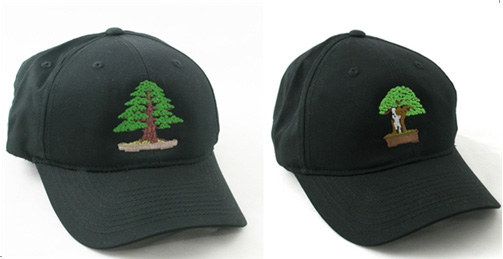 Aprons, Baseball Caps and T-Shirts
Aprons, Baseball Caps and T-Shirts
each with a powerful embroidered bonsai
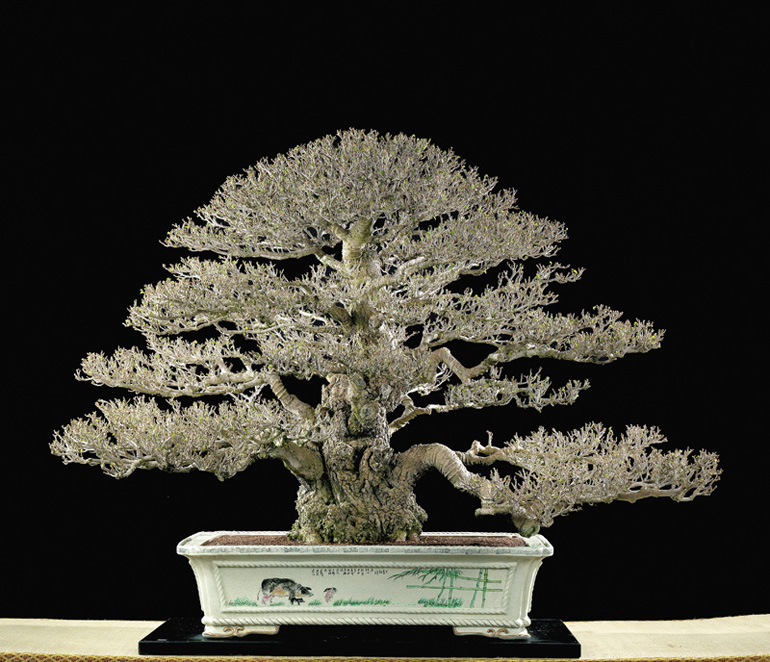
Another exceptional (if a little more subtle) Taiwanese pot. The tree, a Hibiscus tillaceus, isn't half bad either. Wu, Tung-Tai is the artist. The photo is from the same 2016 Bark post.
You can always use more bonsai wire…
Bonsai Aesthetics Wire Sale
25% to 30% off 500 gram Bonsai Aesthetics Wire

25% off 2-5 rolls (10.12 each)
30% off 6 or more (9.45 each)
plus another 5% off orders 100.00 or more
and FREE Shipping on U.S. orders 50.00 or more
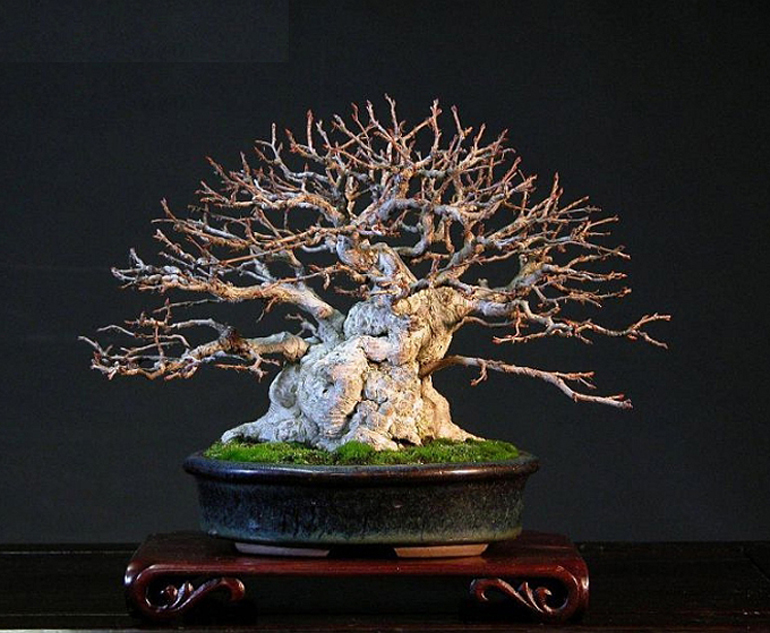
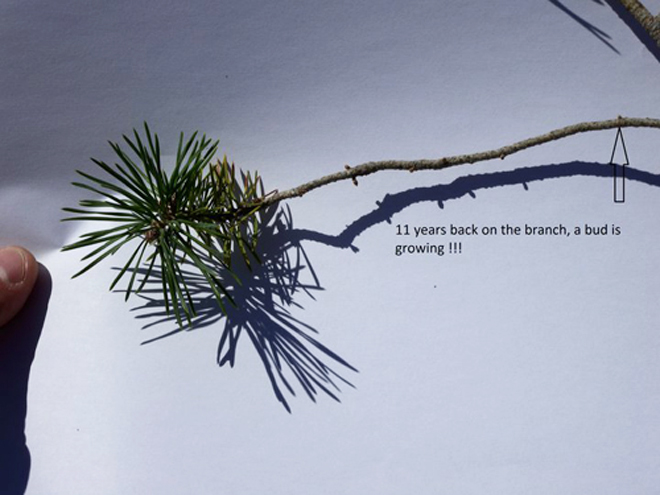
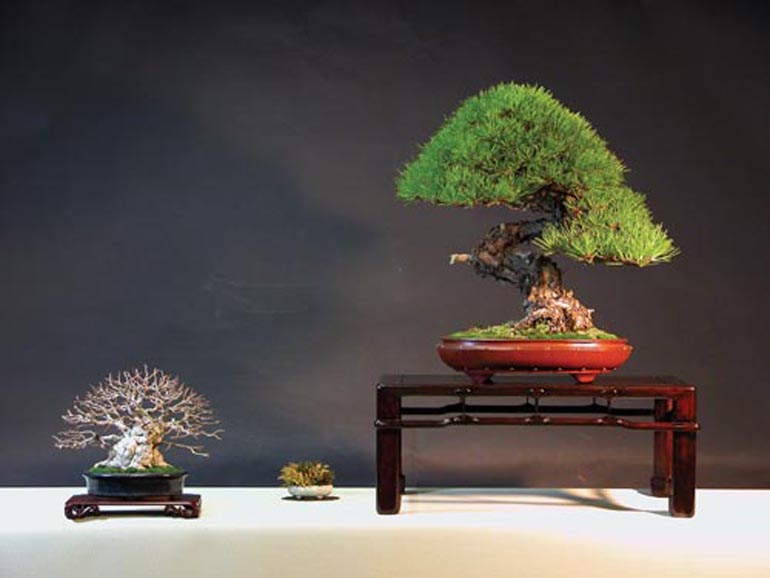
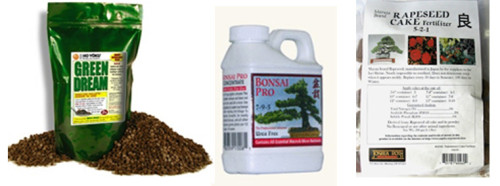
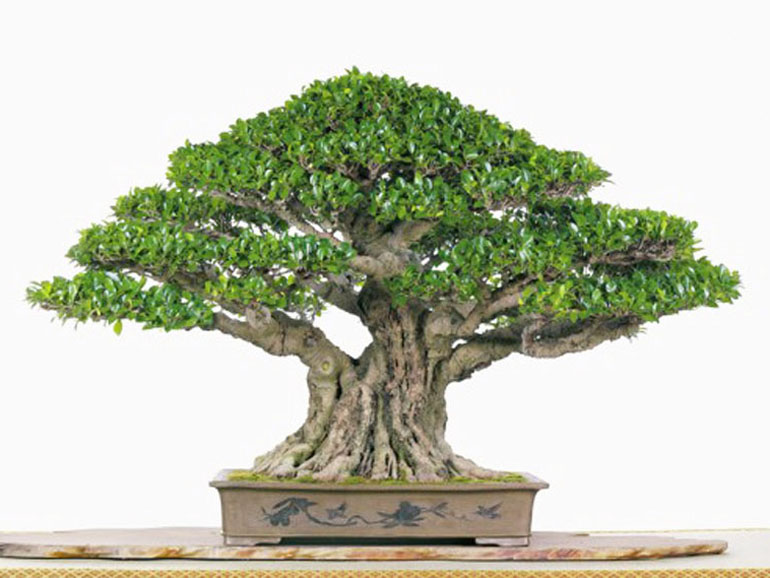 I'm running out of superlatives. How about 'somewhere north of magnificent?' My only question is; could the pot be a little bigger? It's a Ficus by
I'm running out of superlatives. How about 'somewhere north of magnificent?' My only question is; could the pot be a little bigger? It's a Ficus by 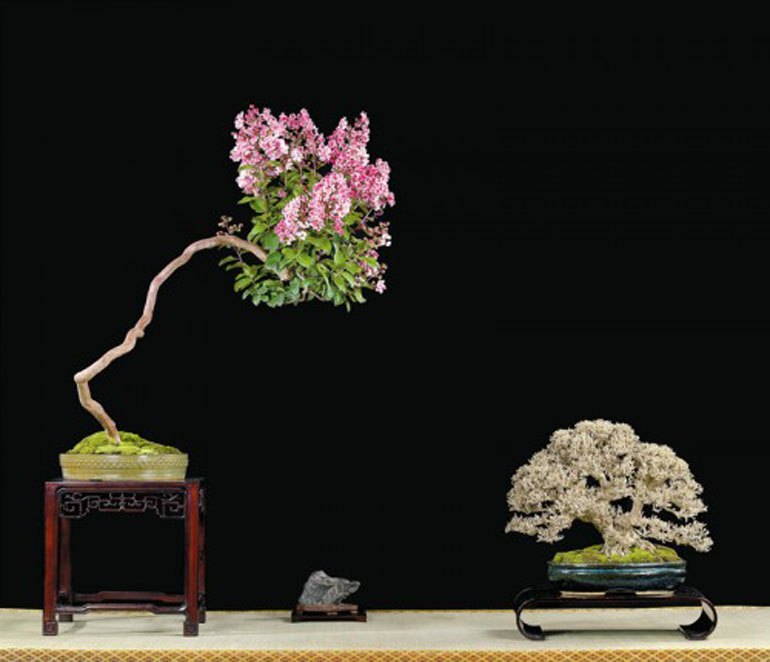 A little change of pace. The tree on the right (Elaeagnus Pungens) has the mark of Min. At least the
A little change of pace. The tree on the right (Elaeagnus Pungens) has the mark of Min. At least the 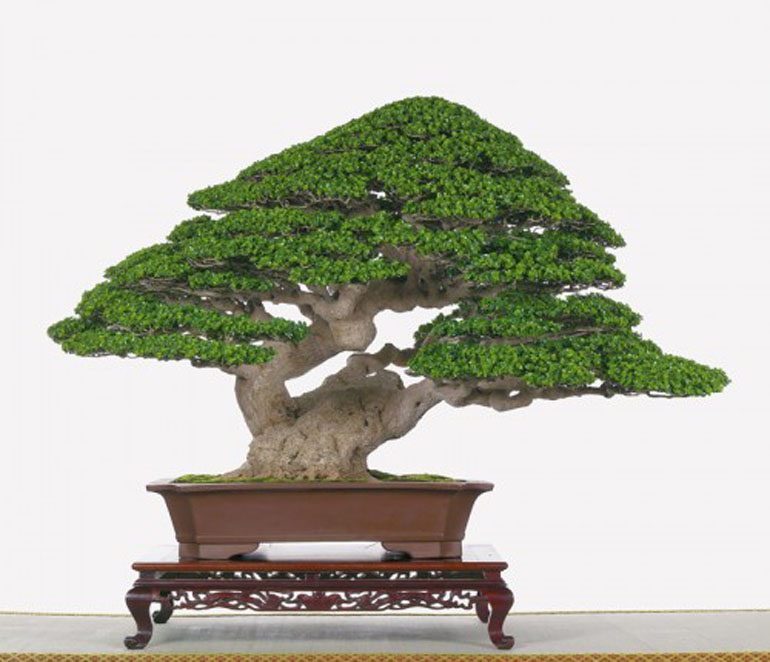 Powerful, unique and full of movement, though knowing our audience, I imagine some may feel that the foliage is overly groomed. Premna microphylla by
Powerful, unique and full of movement, though knowing our audience, I imagine some may feel that the foliage is overly groomed. Premna microphylla by 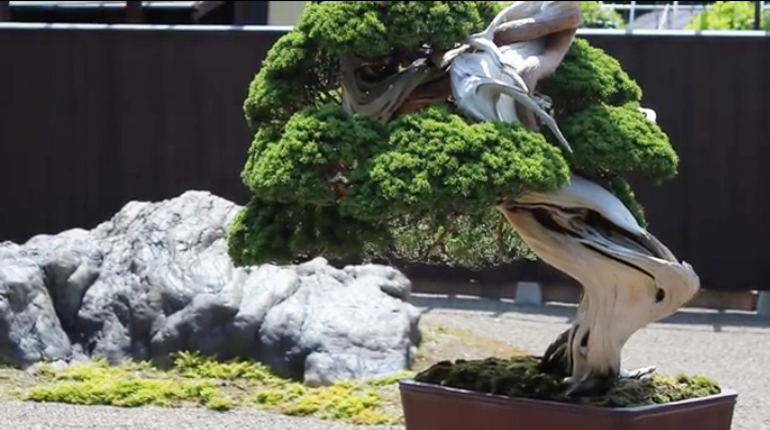
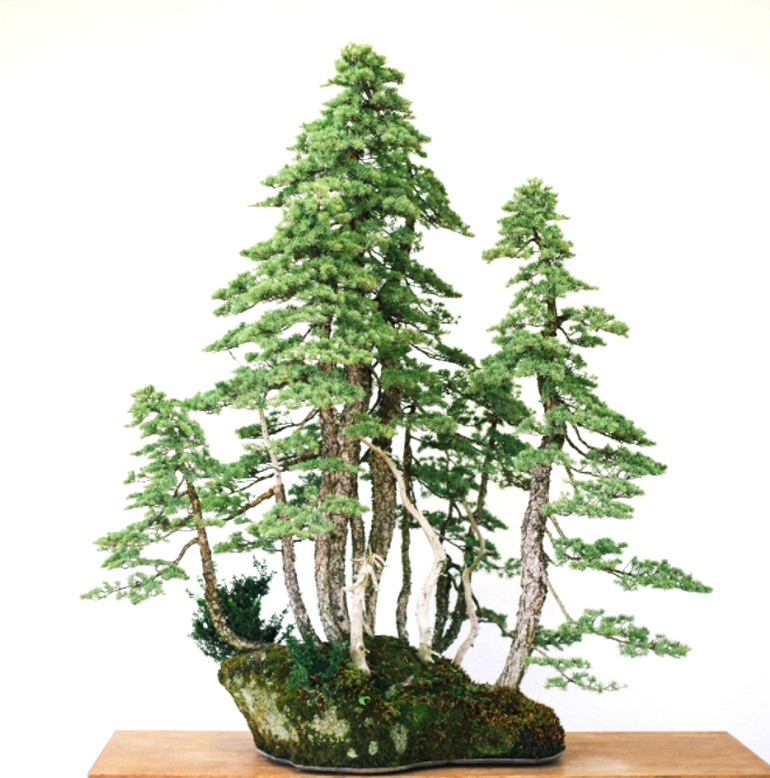
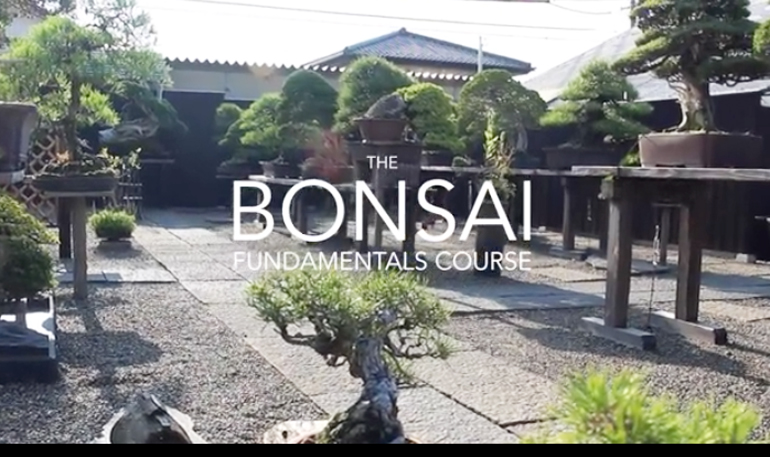

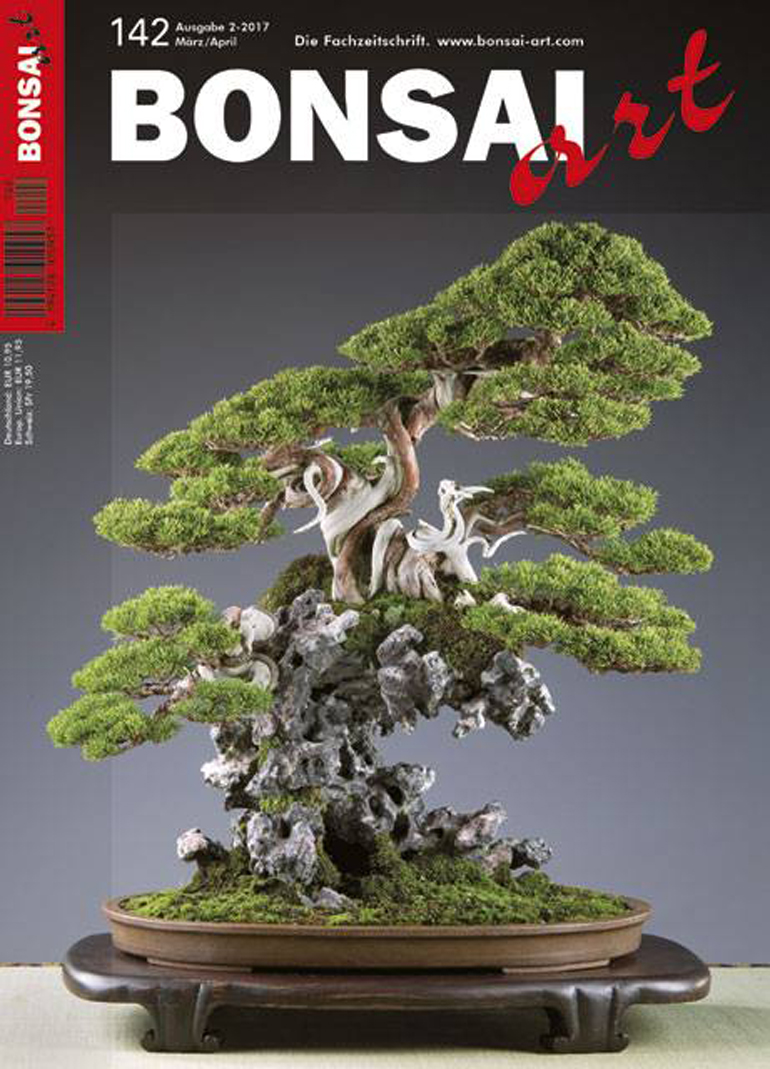
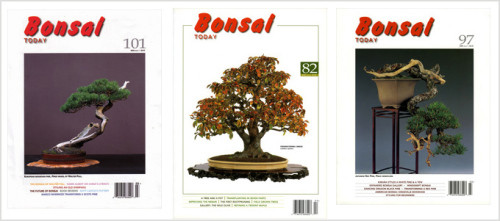

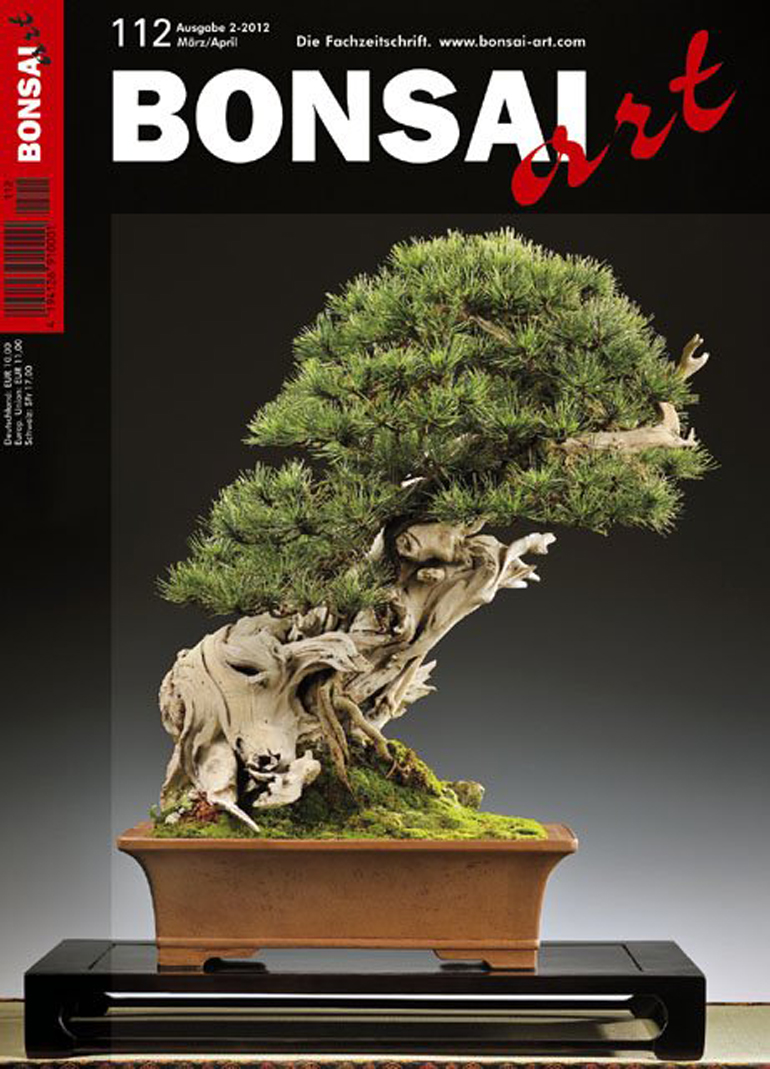
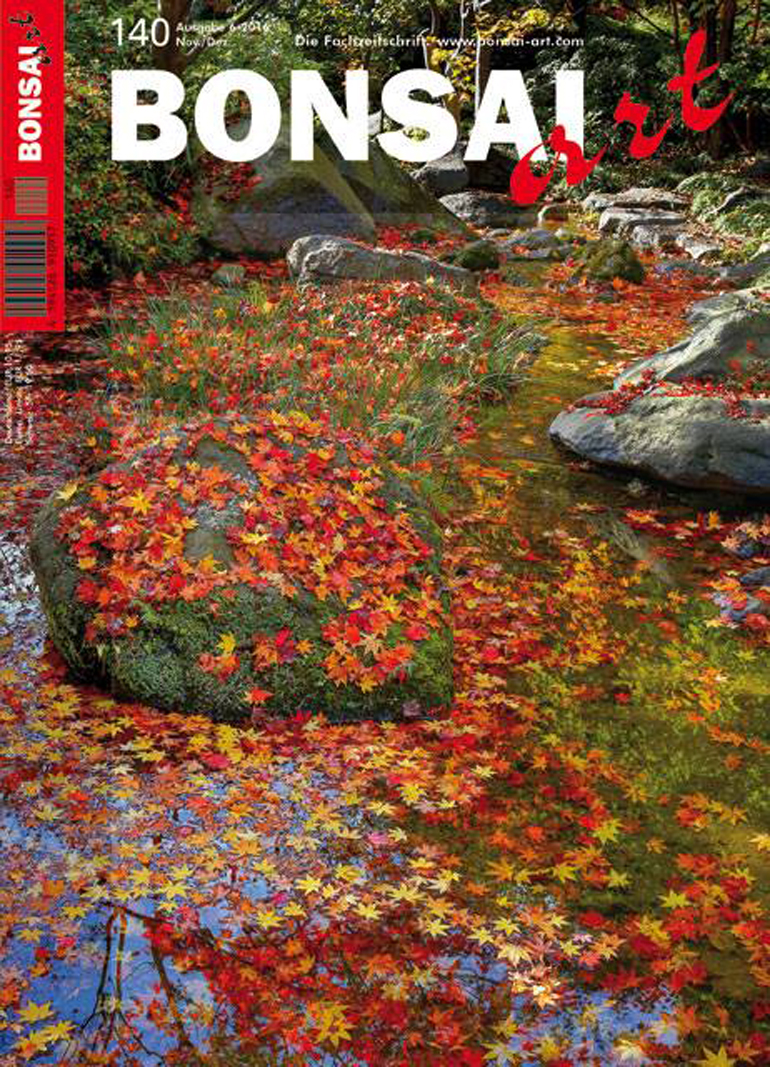
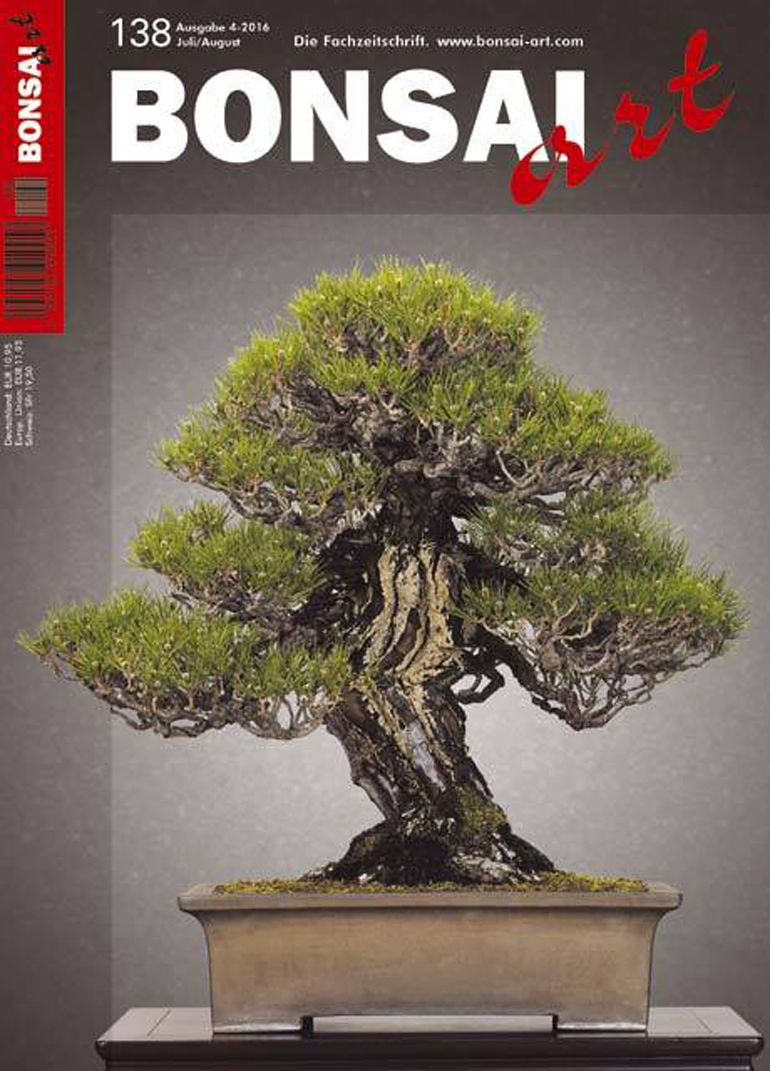
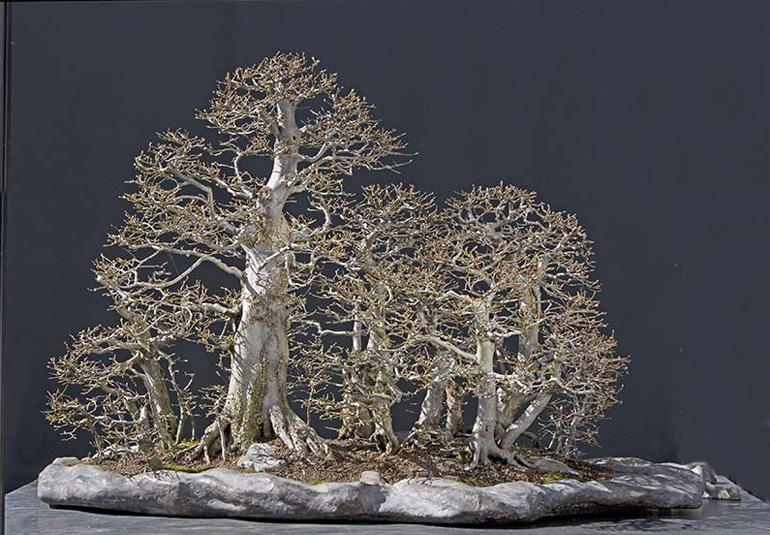

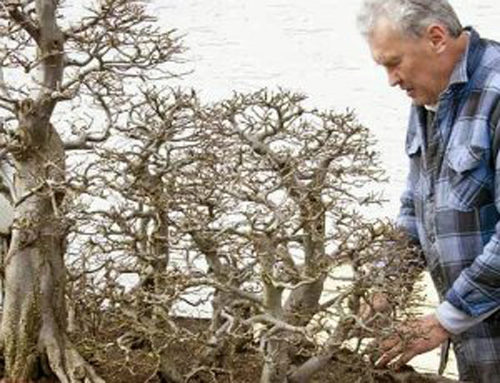 This should give you an idea of just how large the Hornbeam above is. That's Walter by the way. I borrowed
This should give you an idea of just how large the Hornbeam above is. That's Walter by the way. I borrowed 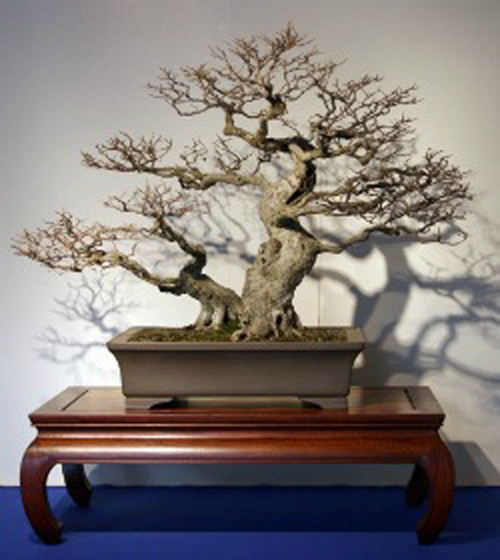
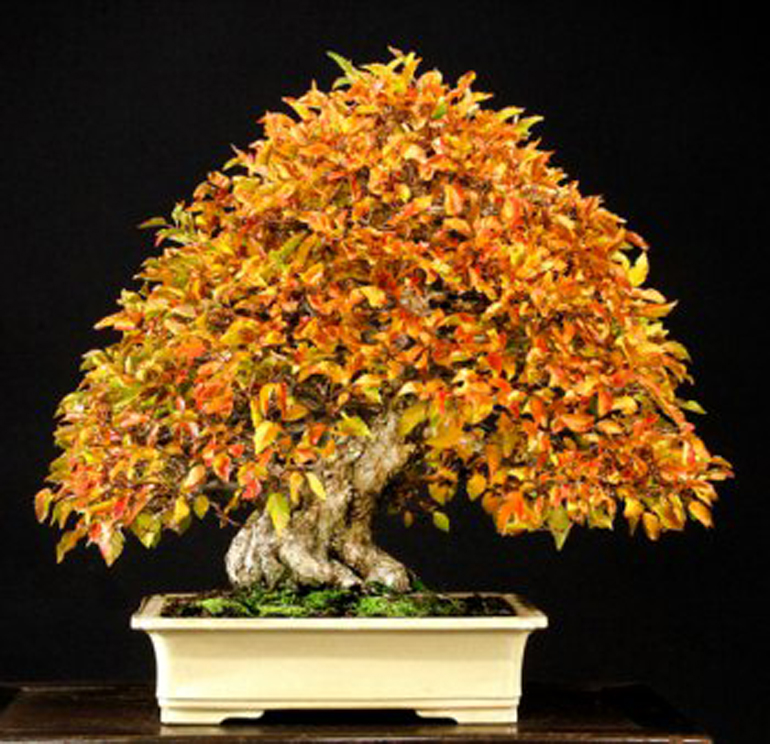
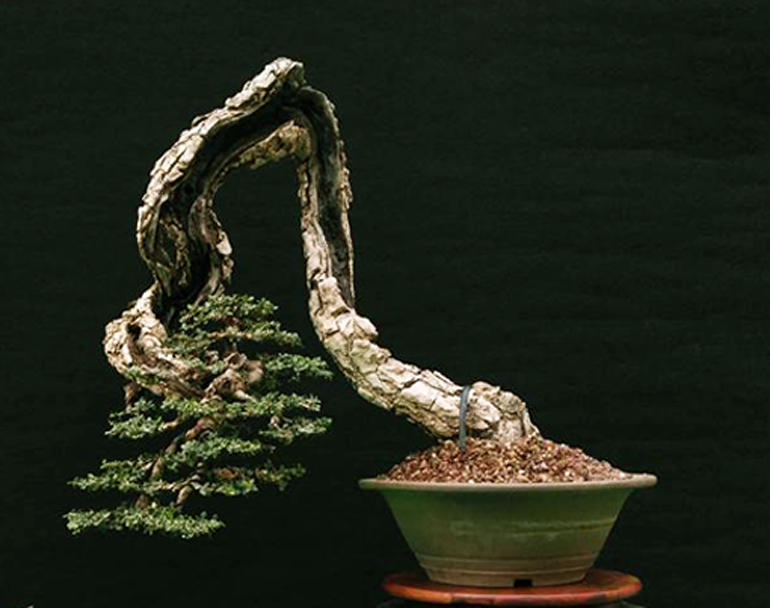
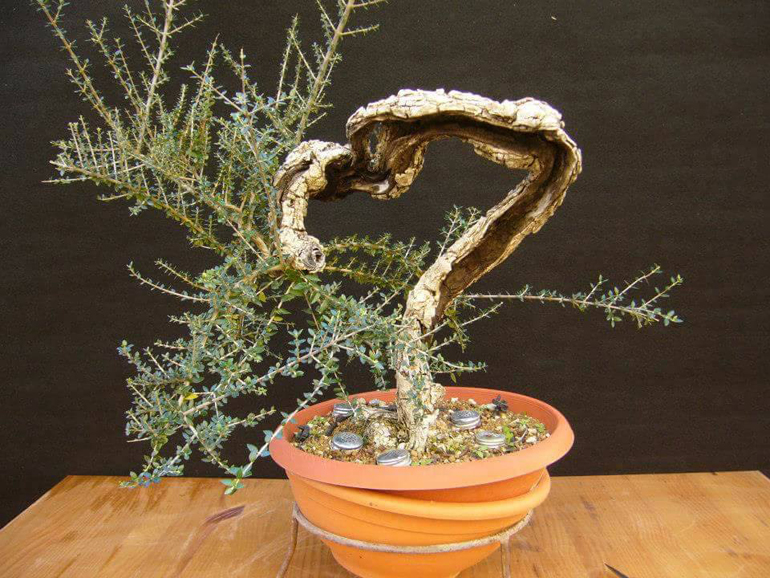
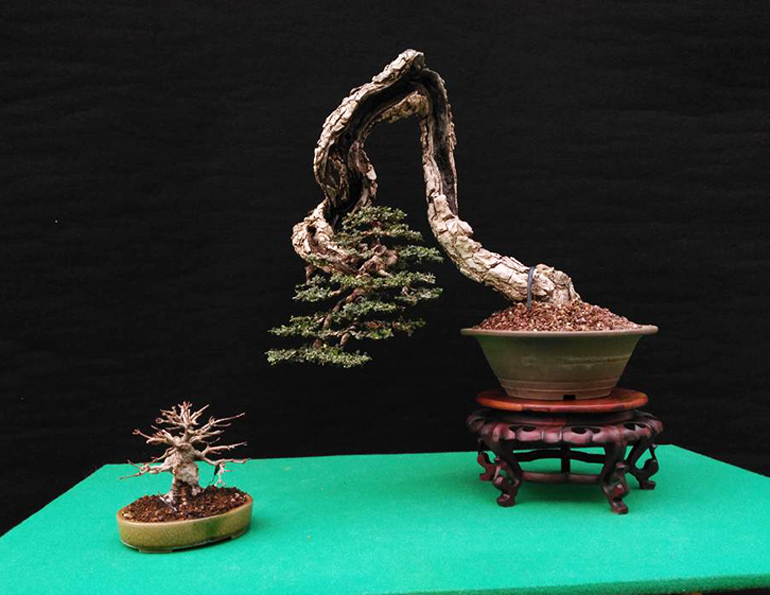
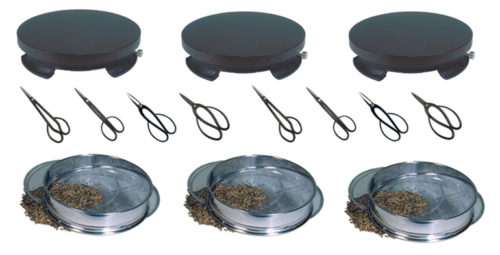
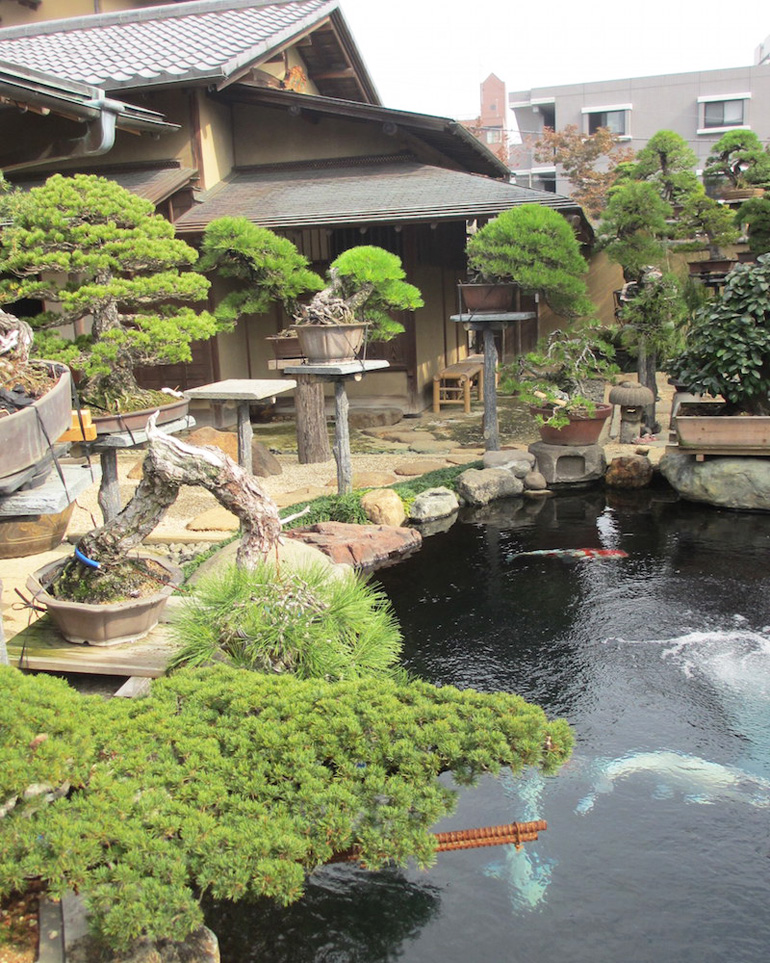
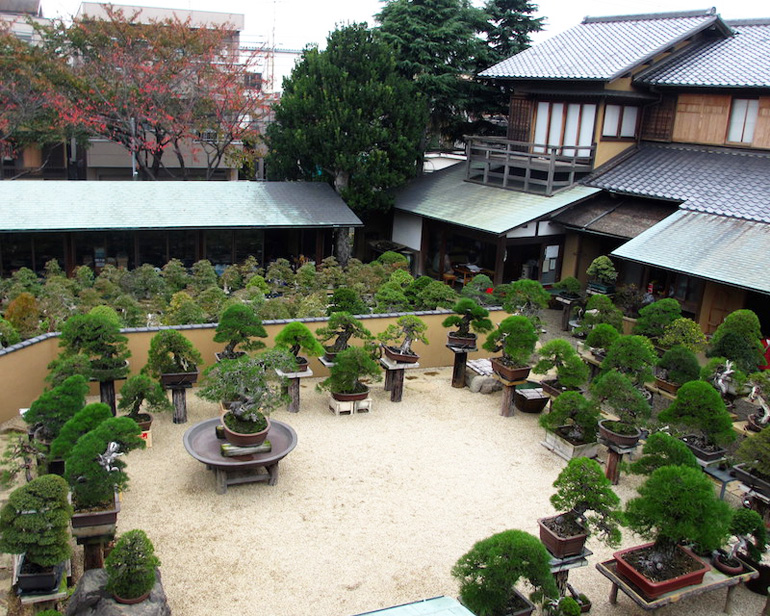 Here's another shot of the famous Shunkaen Bonsai Museum/Garden. Oscar of
Here's another shot of the famous Shunkaen Bonsai Museum/Garden. Oscar of 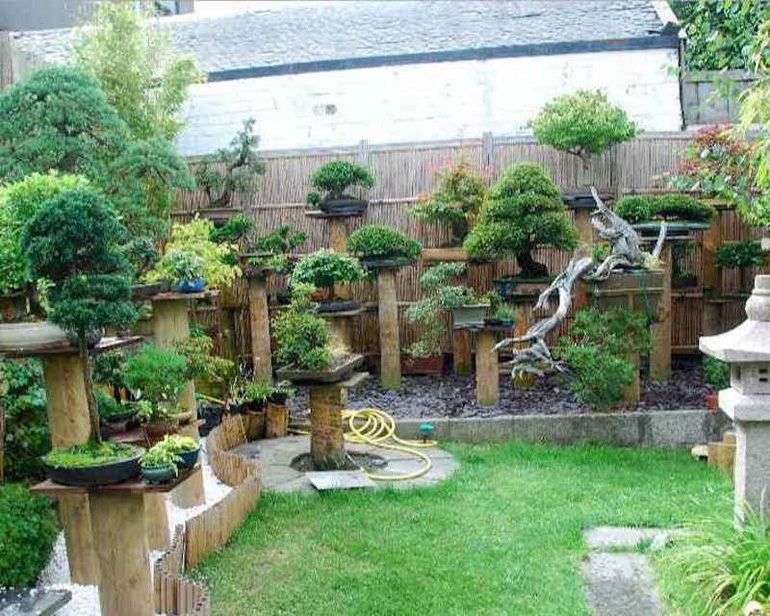
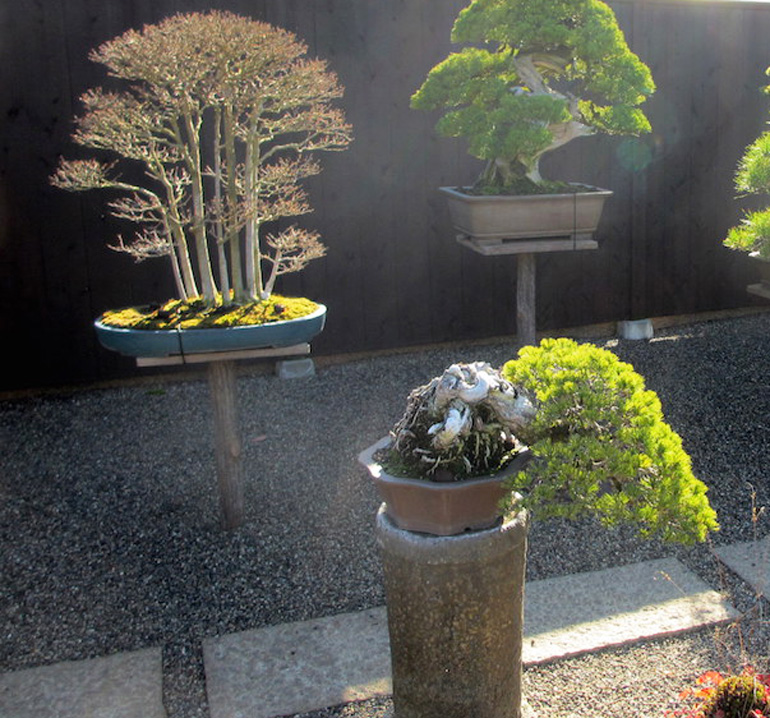
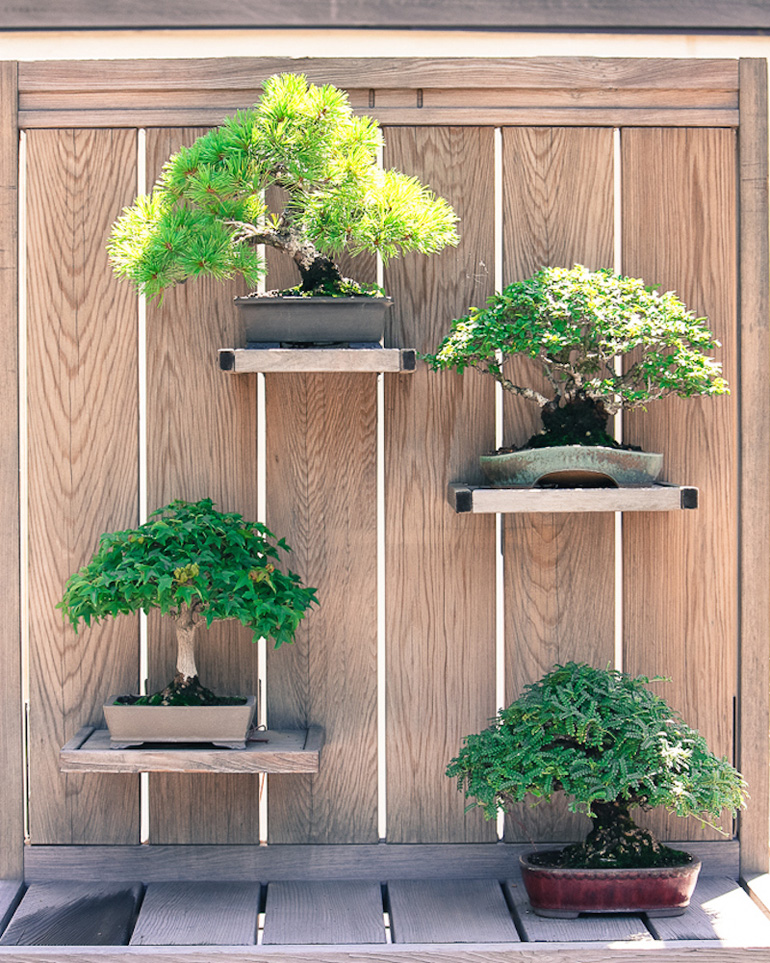
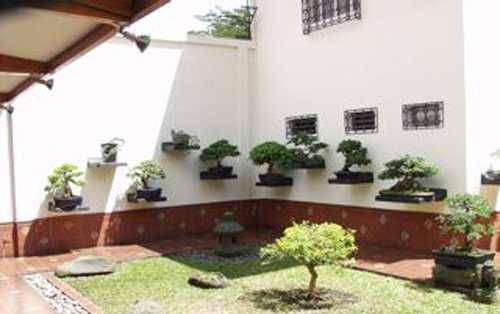
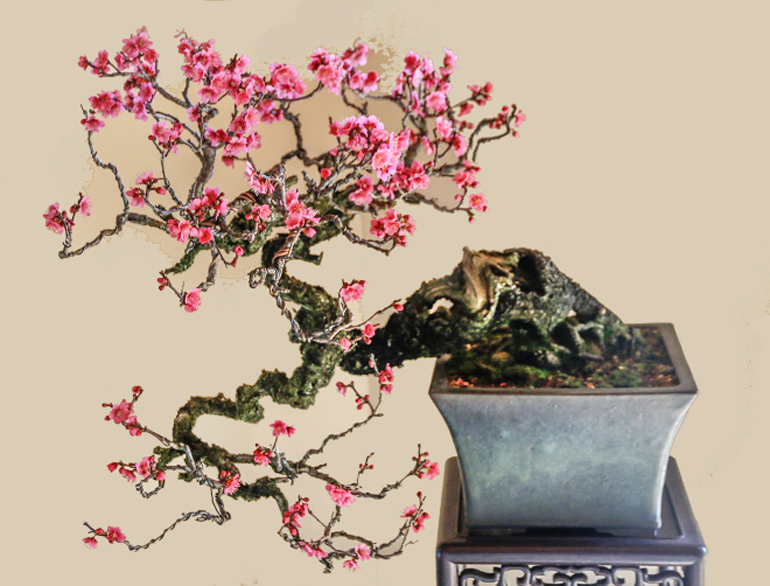
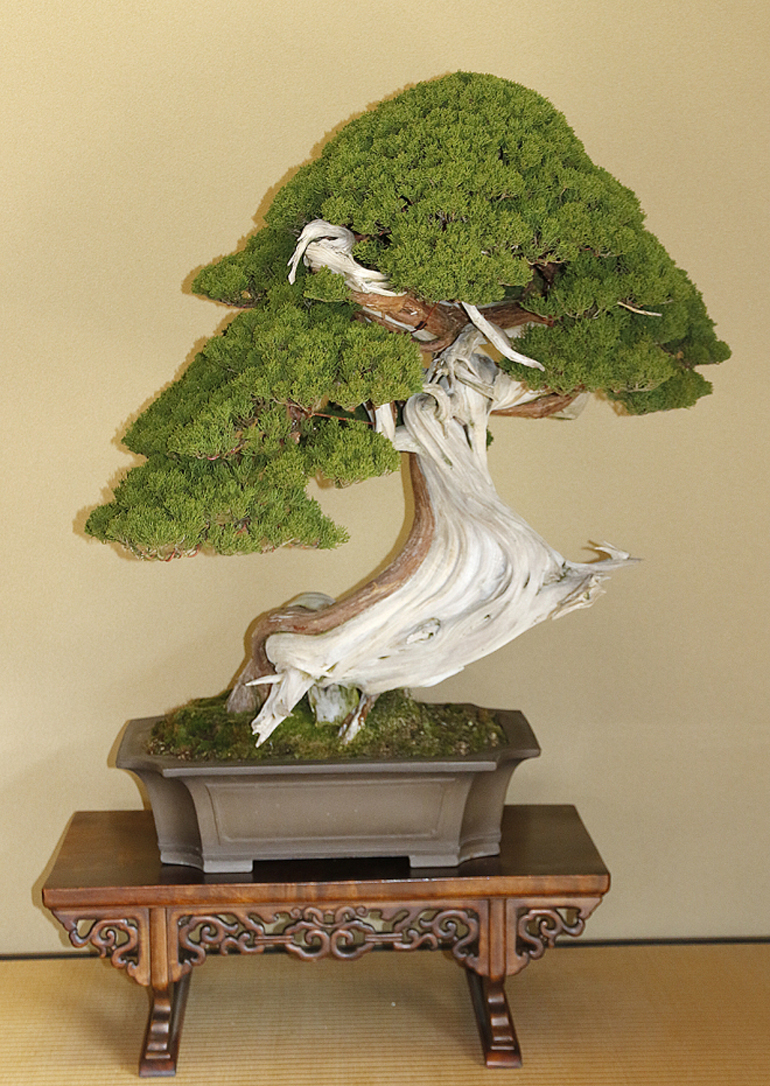
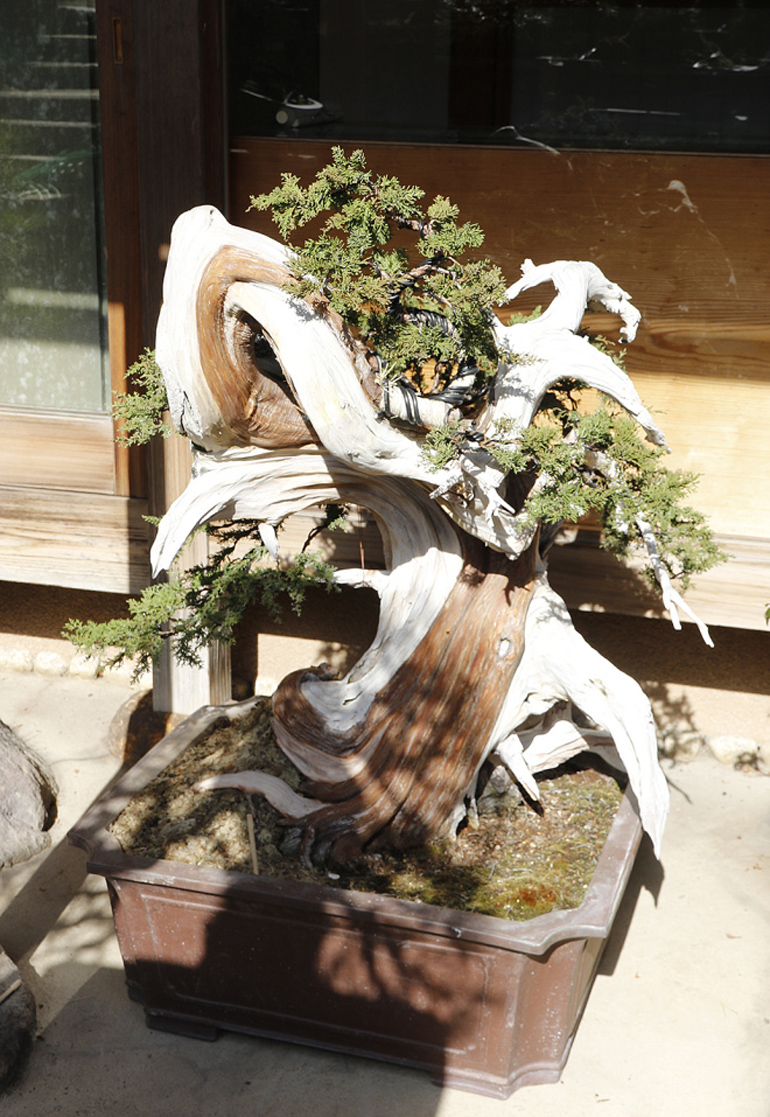
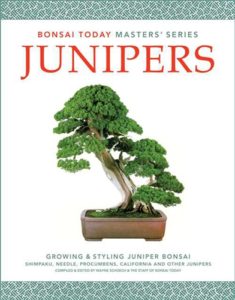
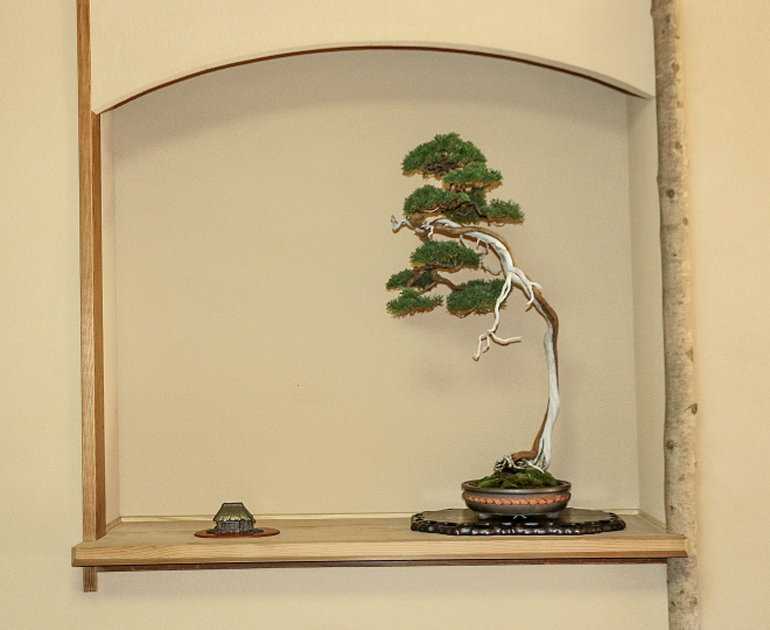
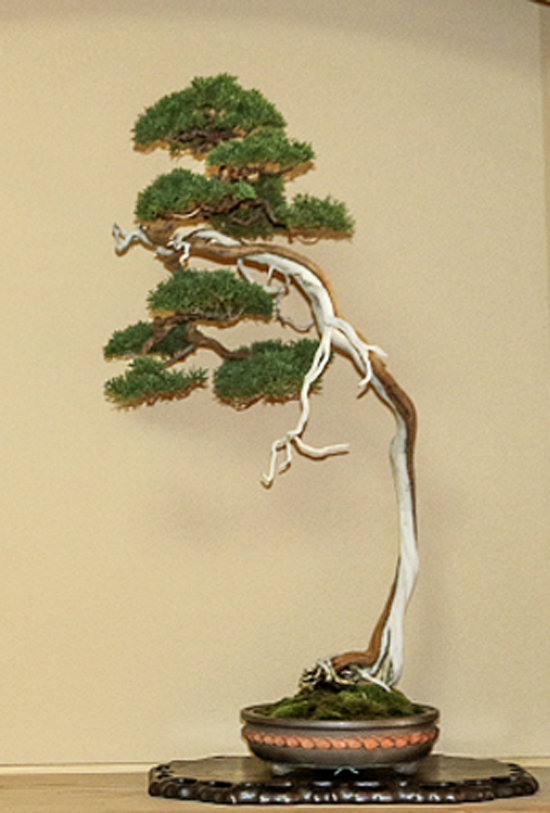
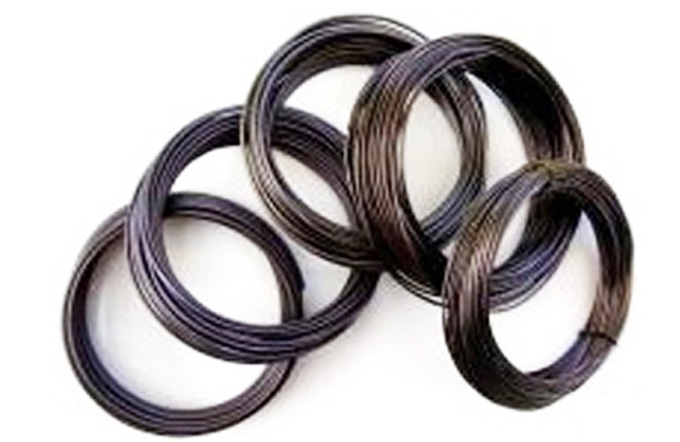
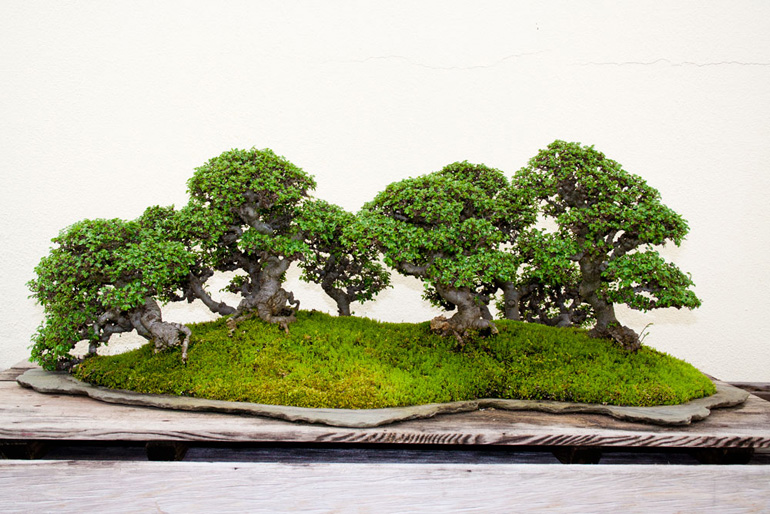
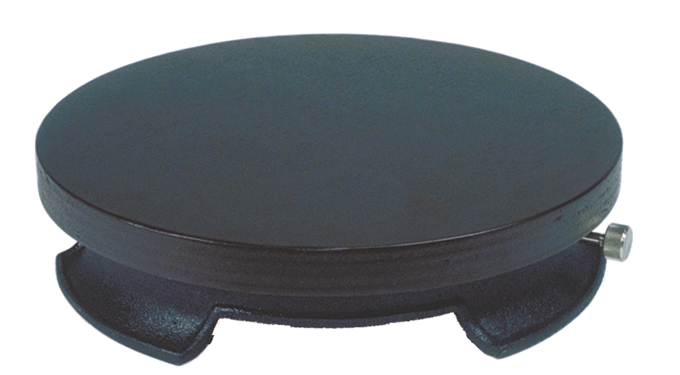
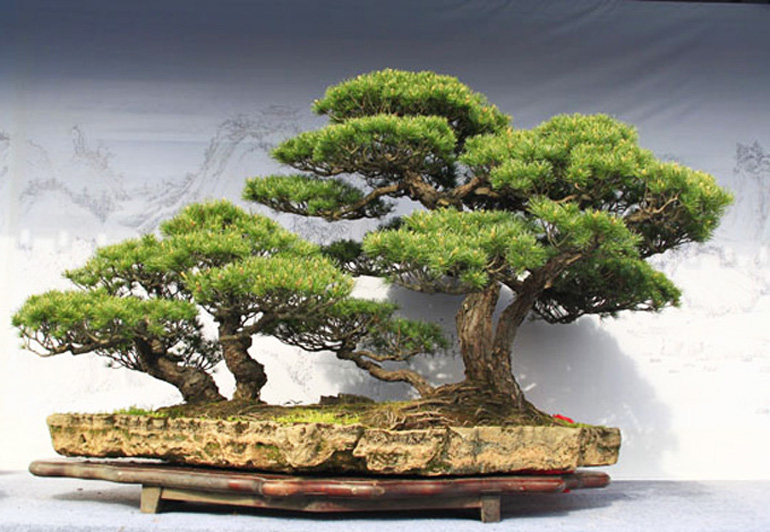
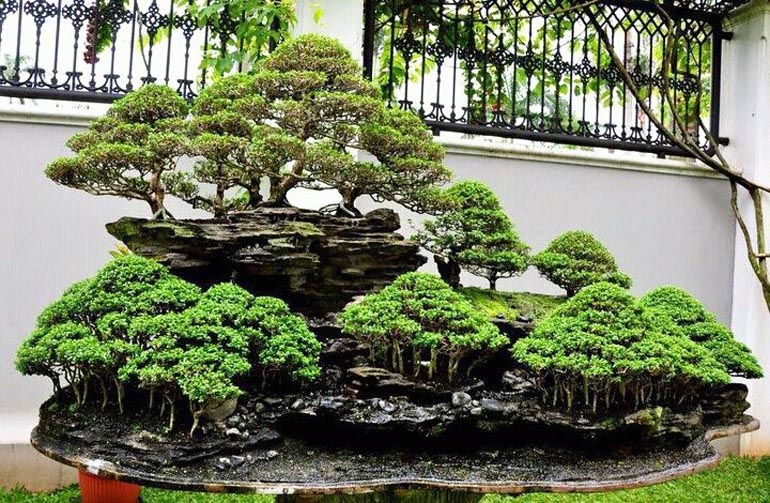
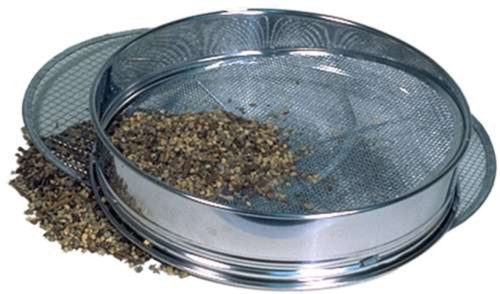
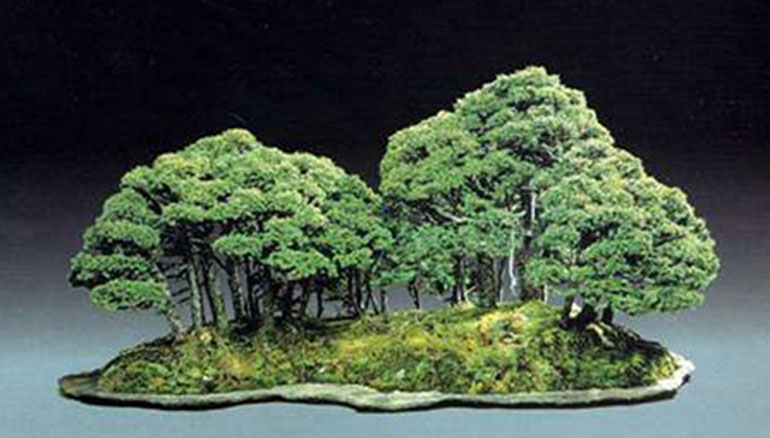 Recognize this? You probably do if you've been around for a while. If not, this is what a planting by a bonsai master might look like.
Recognize this? You probably do if you've been around for a while. If not, this is what a planting by a bonsai master might look like.